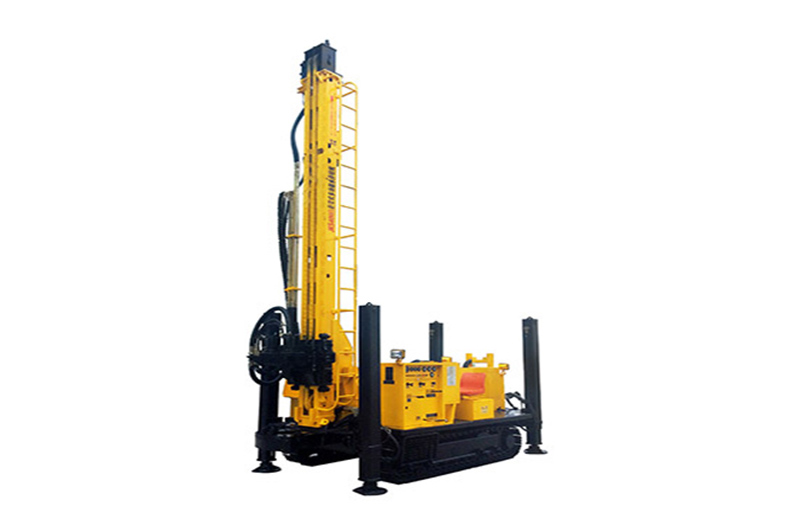Extending the service life of a well drilling rig is essential for maximizing your investment, maintaining operational efficiency, and reducing downtime. Proper maintenance and proactive care can significantly contribute to the longevity and reliable performance of your equipment. Here's a comprehensive guide to help you extend the service life of your well drilling rig:
1. Regular Maintenance Schedule:
Establish a routine maintenance schedule and adhere to it consistently. Regularly inspect and service all components, including engine, hydraulic systems, drilling mechanisms, and safety features. Follow the manufacturer's recommended maintenance intervals and procedures.
2. Keep Records:
Maintain detailed records of all maintenance activities, repairs, and replacements. This documentation will help you track the rig's history, identify patterns of wear and tear, and plan for future maintenance needs.
3. Operator Training:
Provide thorough training to operators on the proper operation, maintenance, and safety protocols for the Water Well drilling rigs. Well-trained operators are more likely to handle the equipment correctly, minimize wear, and prevent premature failures.
4. Lubrication:
Regularly lubricate all moving parts and components as per the manufacturer's guidelines. Proper lubrication reduces friction, minimizes wear, and ensures smooth operation. Pay special attention to critical areas such as drill pipes, rotary heads, and swivels.
5. Fluid Management:
Monitor and maintain proper levels of hydraulic fluids, engine oils, and coolants. Regularly check for leaks and replace fluids as needed. Proper fluid management ensures optimal performance and prevents overheating or damage.
6. Inspections and Pre-Checks:
Conduct thorough pre-operation inspections before each drilling session. Inspect all components, connections, and safety features to identify any potential issues. Address any concerns before starting drilling operations.
7. Component Replacement:
Proactively replace worn or damaged components, such as drill bits, hoses, seals, and bearings. Timely replacements prevent further damage and ensure consistent performance.
8. Cleanliness:
Keep the drilling rig clean and free from dirt, debris, and corrosive materials. Regular cleaning helps prevent rust, deterioration, and contamination, ensuring the longevity of both mechanical and hydraulic components.
9. Storage:
Store the well drilling rig in a dry, sheltered environment when not in use. Protect it from harsh weather conditions, extreme temperatures, and direct sunlight. Proper storage minimizes exposure to elements that can accelerate wear and deterioration.
10. Professional Service:
Engage qualified technicians and professionals for major repairs, overhauls, or complex maintenance tasks. Experienced service providers can diagnose issues accurately and perform repairs according to industry standards.
11. Monitor Drilling Conditions:
Monitor drilling conditions closely during operations. Adjust drilling parameters, such as rotation speed and feed rate, to prevent excessive stress on the rig and components.
12. Continuous Improvement:
Regularly assess the rig's performance and seek opportunities for improvement. Incorporate lessons learned from past operations to optimize drilling processes and minimize wear and tear.
Conclusion:
By implementing a proactive approach to maintenance, operator training, and operational practices, you can significantly extend the service life of your Jinke well drilling rig. Prioritize regular maintenance, follow manufacturer recommendations, and invest in proper training and documentation. A well-maintained rig not only performs reliably but also contributes to the success of your drilling projects and the overall efficiency of your operations.
268
0
0
All Comments (0)
If you are interested in sending in a Guest Blogger Submission,welcome to write for us!
Comments